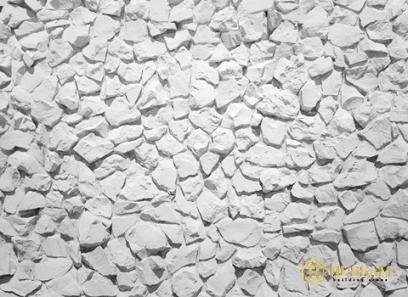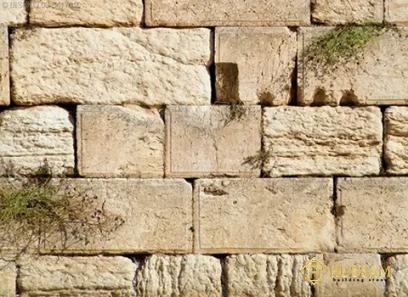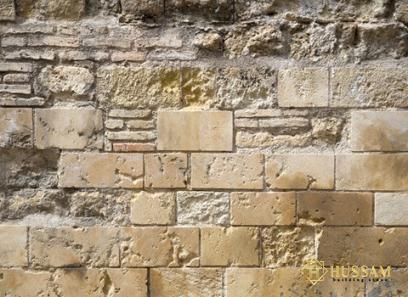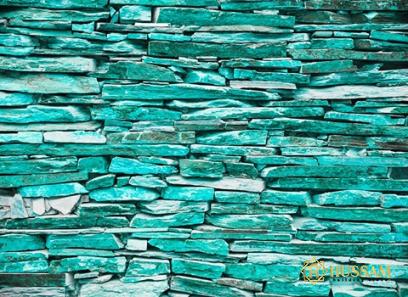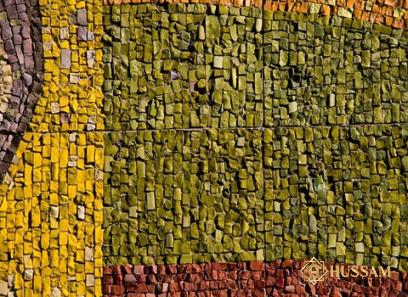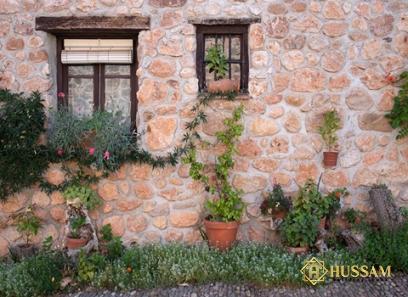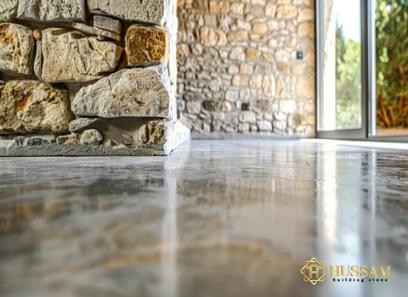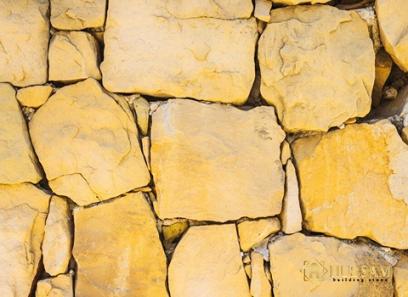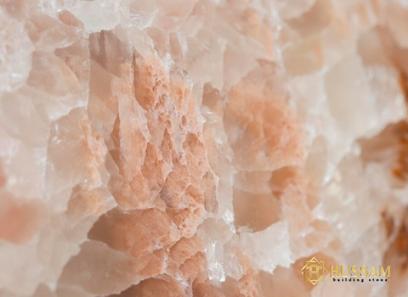Introducing fix coping stones + the best purchase price
What are the stones called coping? How can you fix them on the wall that is made of brick? The stones that are used to finish or crown a wall are called coping stones
In addition, they play a crucial part by keeping precipitation and other components from penetrating the wall, which would otherwise compromise the structure’s robustness
They are typically angled or slanted, and they direct the flow of rainwater away from a wall so that it can eventually reach the ground below
The finishing of a wall can also be given a decorative appearance by using coping stones
Capping and coping are two terms that refer to the same thing: covering the top of masonry constructions and independent walls with the intention of preventing rainwater from entering the building below
Brick or other forms of specialized masonry can also be used in their construction, in addition to profiled metals such as lead, zinc, copper, and steel that have a plastic covering
What purpose does learning to cope serve? The use of coping protects the integrity of independent walls from the deteriorating effects of precipitation
It guides groundwater to the ground, where it can drain away more effectively
The prevention of water seepage into the wall and the maintenance of a dry environment on the interior sides of the boundary are two of the primary functions that coping provides
What is the proper way to set coping stones on top of a brick wall?
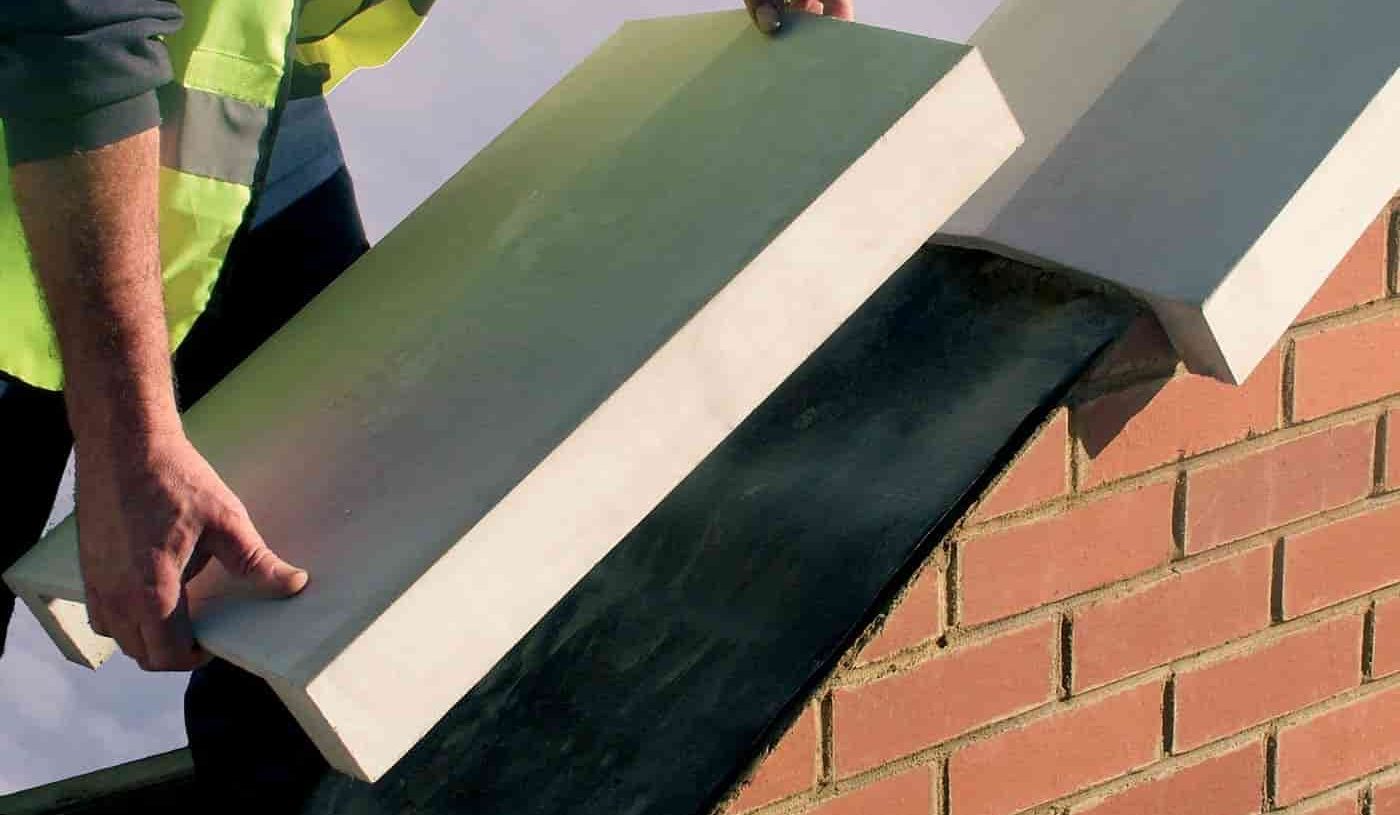
Simply sticking it to the rear will do it for us
You can paint it on, but the approach that works best in our experience is taking it on with a trowel
Because these copings make the wall wider, it stands to reason that we would only build up to the very edge
Do coping stones need to be used with a brick wall? Coping Stones are a type of stone that can be used to defend free-standing walls when placed on their tops
Wall copings and caps are not only necessary but also useful and ensure that your garden wall has a nice finish
They also perform the critical function of preventing rainwater from leaking off the surface of your wall, which is an important duty
How exactly does one secure a coping to the wall? The most effective method for affixing coping to a garden wall is to glue it in place using a hybrid polymer adhesive/sealant that possesses powerful bonding power and is able to withstand wet conditions as well as extremes in temperature
In Masonry, what exactly is “coping”? Walls can be capped off or covered with something called coping
A splayed or wedge coping is a type of coping that slopes in just one direction, whereas a saddle coping slopes to each side of a central high point
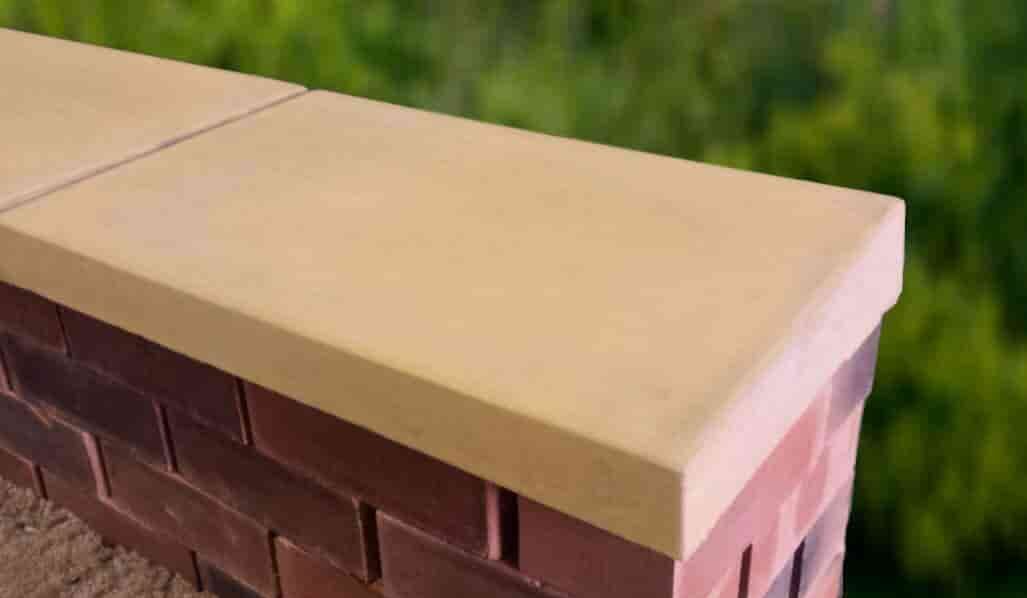
Coping stone
In this part, you will be familiar with a stone called coping
In the world of construction, what exactly is coping? The word “coping” comes from the Latin word “capa,” which refers to a cover or wall covering
An encounter that slopes in only one direction is referred to as an overhang or a wedge
A saddle is characterized by two sloping sides that meet in the middle at a central high point
What does the acronym COPE refer to? Construction, Occupancy, Protection, and Exposure are the components that make up the acronym COPE
When creating an insurance policy for a piece of property, an insurer ought to give primary consideration to the following areas
Each component of COPE casts a distinct vote and has the potential to modify a valuation model in a variety of distinct ways
What exactly is the function of these coping stones? What exactly are these “Coping Stones”? A stone that is used to cap free-standing walls is called a coping stone, and it is a flat stone that is part of a coping
Coping stones play a crucial part in keeping water from getting inside the wall, which is their primary function
How thick are the stones that make up the coping? In most cases, the thickness of coping stones is between 30 and 40 millimeters
It is also possible to taper coping stones (20mm external thickness to 40mm internal thickness)
The dimensions of your swimming pool are typically taken into consideration while determining the appropriate stone depth
the standard depth for bigger commercial pools is 12 inches, whereas the depth for smaller residential pools is 9 inches
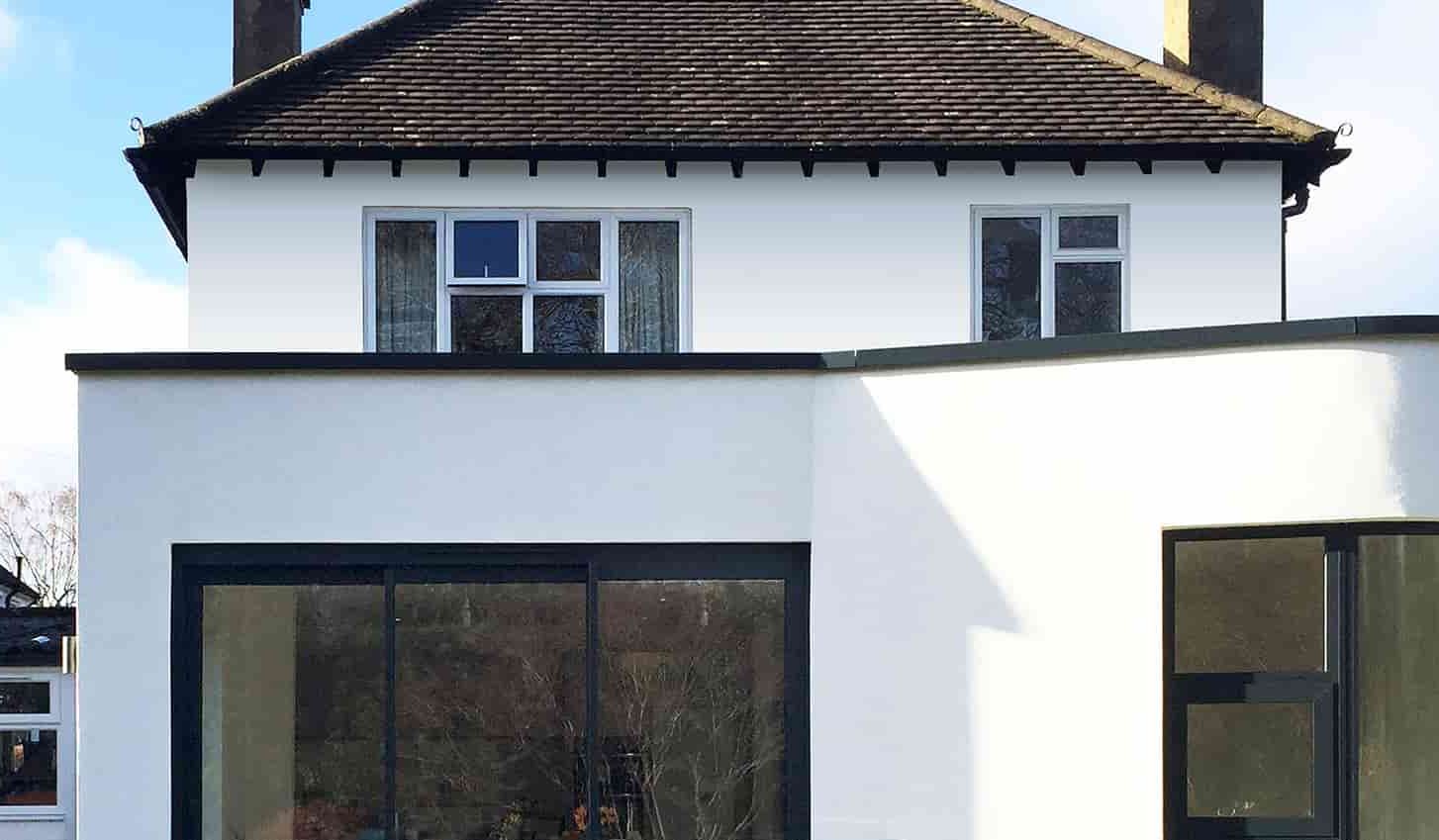
How far below the surface should the coping stones be placed? Please leave between 25 and 35 millimeters of overhang on each side for the drip channels when selecting your cover
The copings are provided through the throat
What is a coping parapet? This one-of-a-kind style of cap is utilized for the purpose of covering the top of parapet walls
A great number of buildings have flat roofs in specific locations to accommodate things like air conditioning equipment
In many cases, parapet walls can be seen along the edges of these roofs
If they are not flushed correctly, these parapet walls can develop leaks
Why is it essential to construct a cover for the wall? Your wall will be protected by your wall covering since it will seal the top surface of the wall
Simply applying the wall covering to the surface of the wall helps protect it from damage that may be extremely significant and expensive
The top of the wall is protected from precipitation by covering stones, which also prevent rainfall from seeping within and eroding the mortar and blocks
In the world of landscaping, what exactly is coping? The coping is the topmost layer of the wall and is used to give a step its tread
It enhances the look of the walls and gives them a smooth surface that is aesthetically pleasing in addition to being practical (an area to sit, hold or lean against when meandering in the garden)
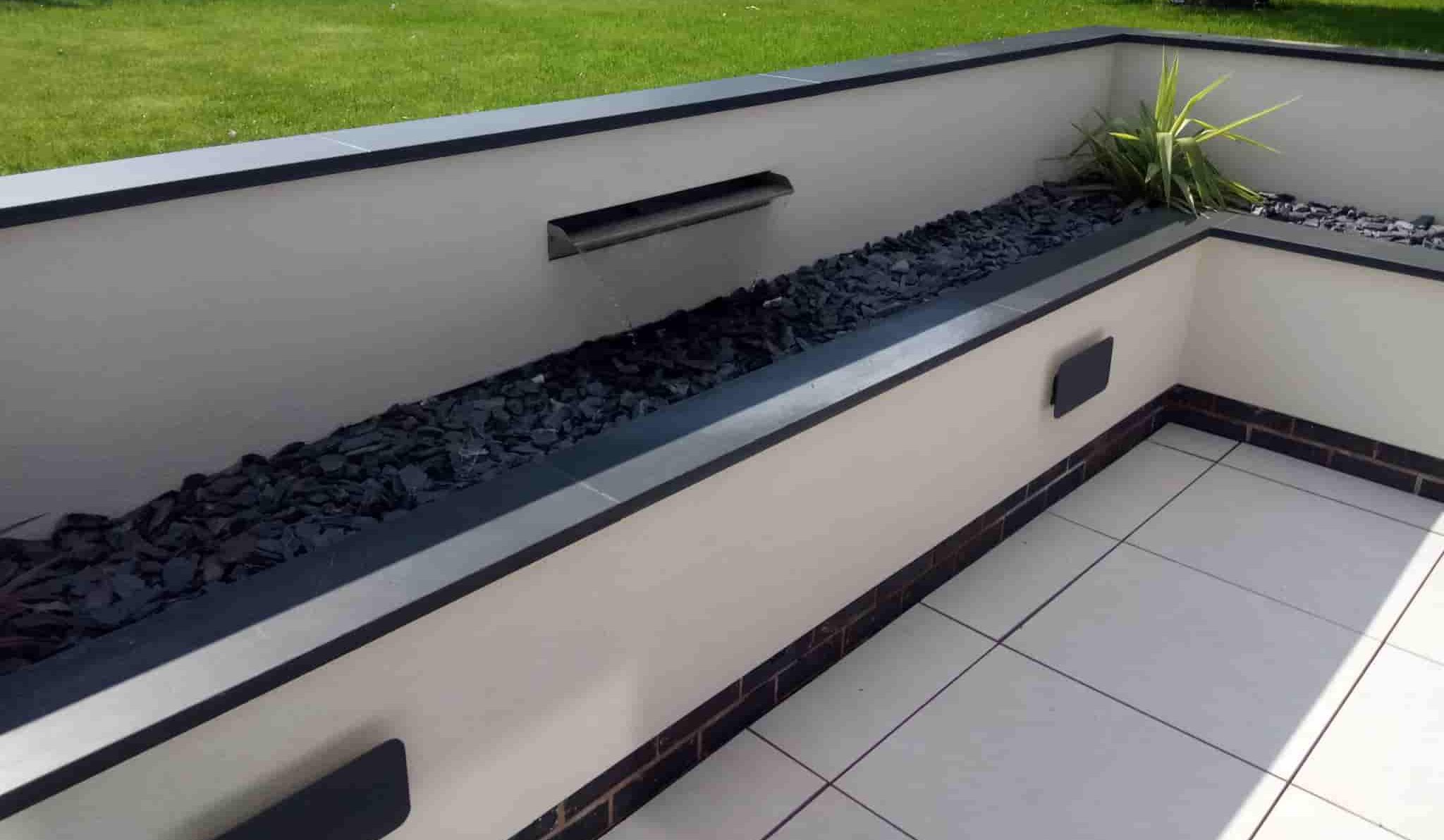
Fix coping stones
Now it’s time to know How to fix stones called coping on the wall
The use of facing stones in your masonry project is of the utmost importance
They shield walls from the damaging effects of the elements and come equipped with a water drip check that directs water away from the surface of the wall
Facing stones are often built of concrete, which provides both a high level of durability as well as an aesthetically pleasing and pleasing appearance
Lifting the stone with a chisel and hammer and removing any mortar from the sides and bottom are the first steps in the process of resetting the coping stones
After that, cut the mortar board that will go on top of the beam when it is finished
It should be washed well and then soaked in water
How do you go about mixing cement to make a counter? In terms of the ratio of concrete, the strength that can be achieved is the primary consideration; nevertheless, as a general rule, the ratio of cement to sand to aggregate in a typical concrete mix is 1 part cement to 2 parts sand and 4 parts aggregate
It is possible to utilize a combination consisting of one part cement, three parts sand, and six parts aggregate while constructing foundations
How do you go about repairing the coping stones?
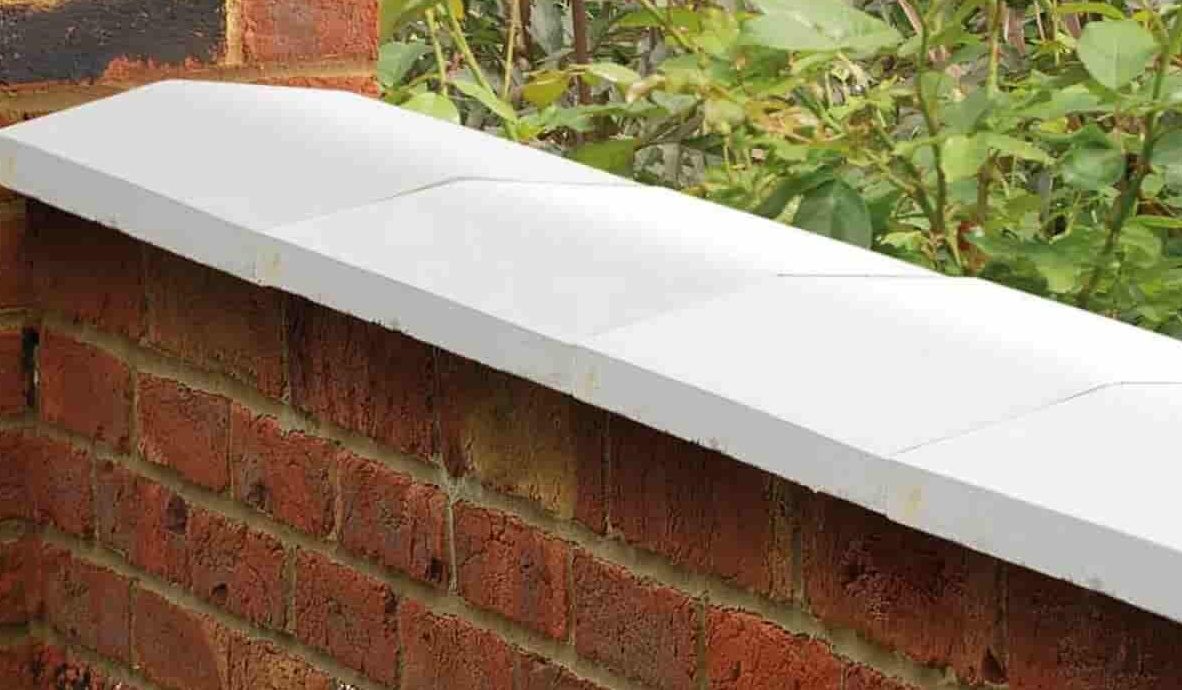
To reposition coping stones, first pry up the stone with a chisel and hammer, then chip away any mortar that is attached to the stone’s sides and bottom
Next, remove the mortar bed that is sitting atop the beam by chipping it and scoring it
It should be washed well and then soaked in water
What kind of space should be left between the coping stones? After positioning it so that it is an inch above the face of the stone, fill the gap between both lengths of 9*1 with concrete or mortar and use a straight edge to slide it along, which will leave you with a wonderfully smooth surface on which to install the copings
What are the steps involved in repairing a brick pool coping? In order to seal the gaps between the pavers, we use a specialized kind of sand to fill them in
Also, ensure that the pavers are secured in a manner that prevents them from moving around and ensures that they are tightly packed together
You now have the knowledge you require to make an educated decision regarding the coping stone that should be utilized outside of your home
Before making a final decision on what to use, it is important to always consider the cost as well as the quality of the wall stone offered by reputable and experienced organizations and Make direct touch with the experts

